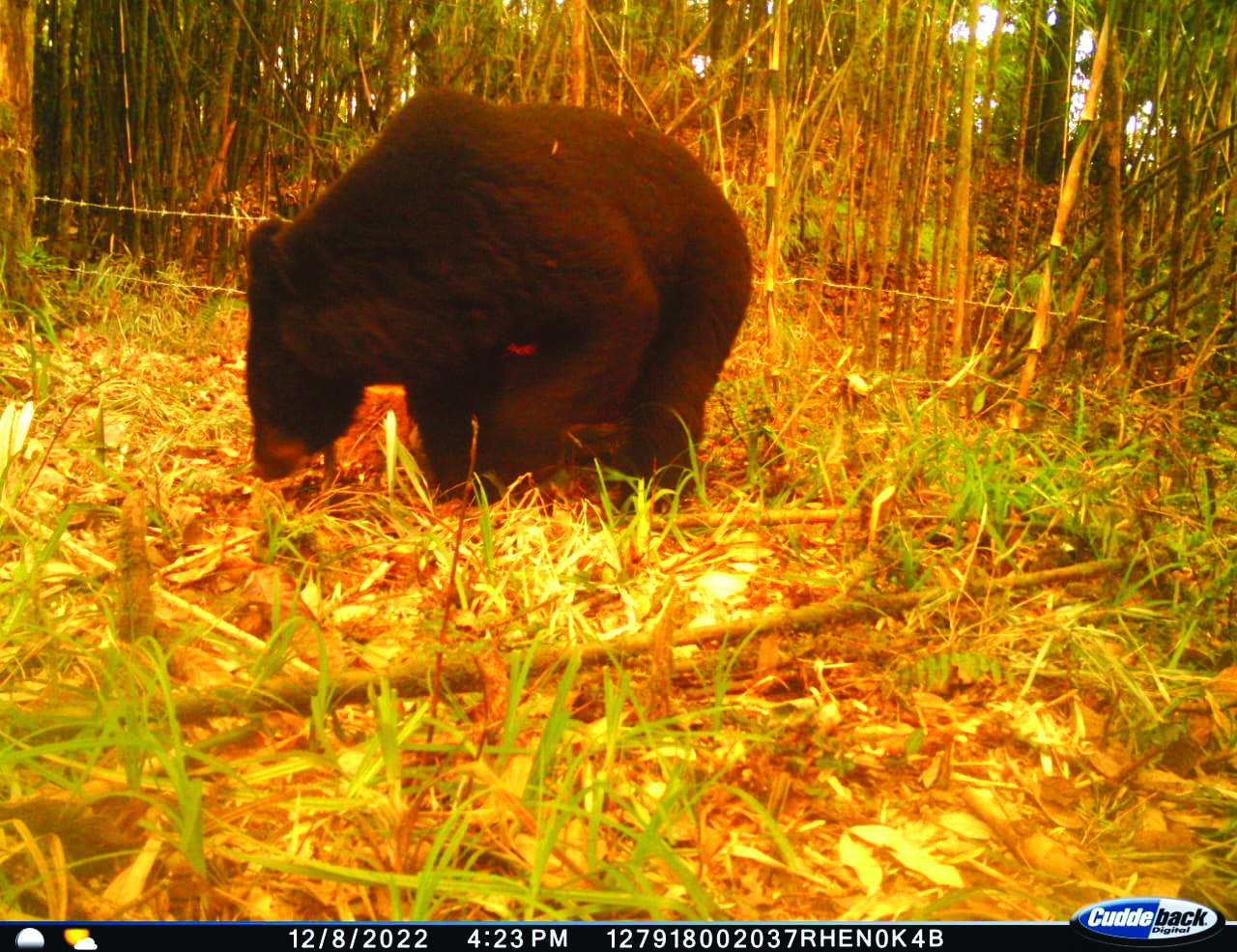Darjeeling & Kalimpong lead in Asiatic black bear census

Alipurduar: A three-month Asiatic black bear census, starting on November 1, 2023, across North Bengal’s forests, unveiled the highest bear concentration in Darjeeling and Kalimpong.
Of the 154 samples collected from sanctuaries like Nayoravalli, Mahananda, Buxa, Jaldapara and Garumara, around 100 originated from Darjeeling and Kalimpong districts. These samples were sent to the Centre for Cellular & Molecular Biology (CCMB) laboratory in Hyderabad.
The census commenced on November 1, focusing on bear fur, claws and feces as primary samples. These 154 samples are slated for DNA testing at the CCMB laboratory, with the final report expected in approximately two-and-a-half months. Only then can the precise number of bears in North Bengal be determined for the first time. Bhaskar JV, Chief Conservator of Forest (Northern Range), said: “The bear census has been completed and 154 samples have been sent to Hyderabad for DNA testing. However, we have to wait for some more time for the final report. Once the report is available, we will be certain of the exact number
of bears.”
Over the last five years, Himalayan black bears recurrently entered North Bengal areas during winter, endangering humans and causing fatalities. Despite the bears’ anticipated hibernation in high mountain caves, the Forest department, prompted by incidents, decided on the inaugural bear count in the country.
The Forest department expects the census report to answer key questions — Why do bears descend to the mountains? How many Himalayan black bears exist in North Bengal, from Darjeeling to Alipurduar?
Camera use in bear counting is minimised due to the difficulty in distinguishing similar-shaped bears. Instead, a small pre-prepared area with a two-foot-high light wire is employed. Fruits are placed in certain enclosures. When a bear enters the enclosure in search of food, it often leaves behind various body parts, such as claws and fur, in the areas it traverses. Only hairs with follicles are collected for DNA testing.
Once a glimpse of bear numbers is available, experts believe the Forest department can reconsider the future of the Asiatic black bear.



